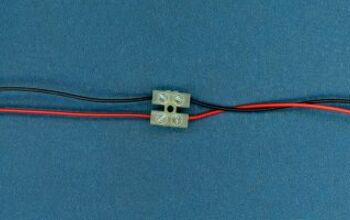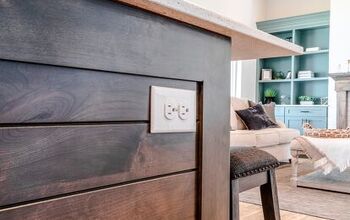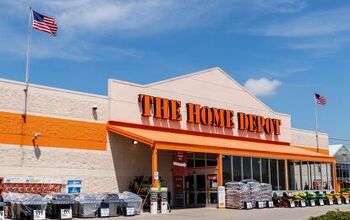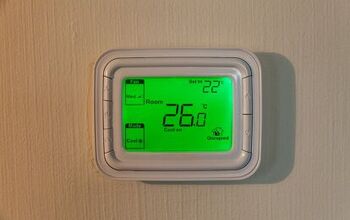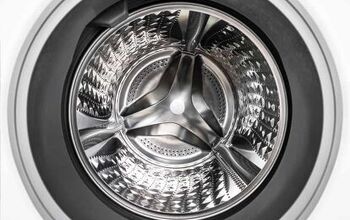Eight Characteristics Of Mid-Century Modern Design

Mid-century modern design, or MCM, is a popular style from the mid-20th century that is still a favorite. Vintage pieces are in high demand and you can find many replicas of mid-century modern furniture and accessories. But what defines this iconic style?
The characteristics that define mid-century modern design are clean lines, mixed materials, and streamlined spaces. Rooms aren’t overloaded with decor or fussy furniture, function is the main focus, and there are touches of bold colors. Mid-century modern design includes open floor plans, large windows, and incorporating nature into interiors.
People put their own spin on mid-century design, fusing it with other styles that closely mimic it, like Scandinavian and organic modern. But some key features go hand-in-hand with this enduring trend.
Eight Features Of Mid-Century Modern Design
Mid-century modern design embraces functionality, clean lines, and a more straightforward approach to decor. At its start, it took advantage of mass production practices ramping up in the mid-20th century.
Therefore, new materials, like plastic, started entering the design scene. Couple these features with the dawning of the Space Age, and you get several distinctive elements that are synonymous with this style.
1. Features Clean Lines
A hallmark of mid-century modern design is clean lines that create a streamlined, no-frills look. Both organic and geometric shapes are also favorites of the style, still highlighting a simpler, sleek silhouette.
To evoke the MCM vibe in your home, look for low-profile furniture with minimal embellishments. Tapered and straight legs are other popular characteristics of this trend. Avoid overly fussy pieces with lots of ornamentation and details.
2. Incorporates Bold Colors
Another distinctive element of mid-century design is the use of bold colors. Although neutrals are also a common trend seen in this style, they typically accompany moments of vivid hues.
For example, earthy colors may encompass most of your design, but a vivid mustard or teal chair offers a pleasant surprise. Other ways to incorporate bold colors in your space are through artwork, home accessories, or window treatments.
3. Focuses On Functionality
Families in the middle of the 20th century were dealing with a post-war era that included moving forward from doomsday vibes. People were more interested in comfortable, efficient homes and affordable options.
Therefore, much of the furniture from the mid-century modern era features sleek lines (beautiful in their simplicity) that were made to last. (Perhaps that’s why so many pieces are still around — and coveted — today.)
If you want to emulate this style in your space, make sure everything has a purpose. Although form is important, function takes precedence in mid-century design.
4. Mixes Materials
Wood is a big part of the MCM puzzle, with many furniture pieces made from teak, rosewood, and oak. Natural materials often take center stage in a room, but they aren’t the only players.
In the 1950s, technological advancements led to major changes in the design world. Mass production and the ability to mold plastic into furniture created some of the most iconic pieces of the era, like the Eames Shell Chair.
It became common to mix natural and synthetic materials, including acrylic and formica, in furniture, decor, and other items. Using different textures is also a vital part of mid-century modern design. To evoke the look in your home, mix and match, blending natural, organic materials with man-made ones.
5. Brings The Outdoors In
Celebrating nature was another popular design concept during the mid-20th century. Color palettes included earthy hues and fresh greenery made its way inside the home. Large windows (more on this later) married the outdoors to the interior space.
Many exterior paint colors made homes blend into their natural surroundings, creating a seamless look with nature. These are all easy things to do in your own home. Add fresh plants, choose a natural color palette (with a few bold pops), and maximize natural light.
6. Uses Minimal Decor
Since another major trademark of mid-century modern design is simplicity, clutter and never-ending tchotchkes have no place. Any decor items in a mid-century home were just enough to create a specific look or finish off a vignette.
Collections, gallery walls, and tables full of photos and knick-knacks weren’t the norm. Instead, you were more likely to find a large piece of art or a statement piece as opposed to a lot of smaller items. If you’re dealing with a lot of clutter and desire the MCM style, consider decluttering your house your first step.
7. Embraces Open Floor Plans
Toward the end of the ‘50s into the 1960s, house layouts started opening up more. For the first part of the 20th century, many homes still featured separated spaces, with certain rooms being for the family only.
For example, the kitchen was for preparing meals and that was about it. More formal spaces were maintained to host parties and entertain guests. However, by the 1960s, a laid-back attitude became more prevalent as people started to focus more on enjoying life.
Kitchens opened up to the living space and became gathering spaces. Open floor plans became the new norm in design.
8. Showcases Expansive Windows
If you look at pictures of homes from the MCM era, you’ll notice plenty with large windows, often reaching floor-to-ceiling. Others had big picture windows and additional triangular-shaped windows running under the slanted roof line.
The main reason was to maximize natural light and use these large windows to help bring the outside and inside together. Of course, if your budget isn’t ready for adding more windows or making existing ones bigger, that’s okay.
Instead, focus on enhancing what you have. Place mirrors across from windows to maximize the natural light in the space, bouncing it around the room. Ditch heavy drapery or window coverings. Hang curtains one or two inches from the ceiling, and let them reach the floor to make your windows and room seem taller.
Classic Items People Associate With Mid-Century Modern Design
Mid-century Modern design gave us a lot of classic pieces that are instantly recognizable. Here are some of the most popular that are still relevant today and often influence many new furniture and decor pieces.
- Eames Shell Chair -- We already mentioned this one earlier, but this molded plastic chair was designed by Ray and Charles Eames in the 1950s. The seat is usually molded plastic or fiberglass atop wood or metal legs.
- Sputnik Chandelier -- Toward the end of the 1950s, the dawn of the Space Age introduced a wave of home accessories sporting more futuristic designs. One of the most popular light fixtures of the era that is still a top pick today is the Sputnik chandelier. It got its name from its resemblance to the Soviet Union’s Sputnik satellite that launched in 1957.
- Wishbone Chair -- Hans Wegner, one of the most influential designers of the mid-20th century, designed the wishbone chair in 1949. Its name comes from the Y-shaped backrest that resembles a wishbone.
- Flos Arco Lamp -- You may not know what this lamp is called but you would undoubtedly recognize it once you saw it. The sweeping arched arm holding a large suspended shade is as popular today as it was when it was designed in 1962 by the Castiglioni brothers.
- Florence Knoll Sofa -- This classic sofa with its sleek profile and tufted back offers a timeless minimal design, fitting in with many different looks. It was designed in 1954 by one of just a few female designers during the mid-20th century, Florence Knoll.
- Egg Chair -- Arne Jacobsen designed the famous egg chair in 1958. Its egg-like shape envelops whoever sits in it, creating a comfy, womb-like resting spot. The cozy seat has a very futuristic look, making it right at home with other pieces influenced by the Space Age.
- Pedestal Table -- The classic, streamlined silhouette of Eero Saarinen’s pedestal table is an enduring style introduced in 1957. The overall look is one of simple elegance, and the tabletops were often wood or marble.
Mid-Century Modern Design Is A Classic
Although it started in the mid-20th century, MCM style is still a popular design trend that offers a timeless look. So many of the characteristics are relevant today, including mixing materials, bringing the outdoors in, and focusing on function. Whether you use vintage pieces or find great replicas, it’s easy to incorporate this lasting trend into your home.
Related Guides:

Stacy Randall is a wife, mother, and freelance writer from NOLA that has always had a love for DIY projects, home organization, and making spaces beautiful. Together with her husband, she has been spending the last several years lovingly renovating her grandparent's former home, making it their own and learning a lot about life along the way.
More by Stacy Randall













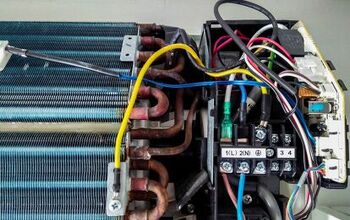
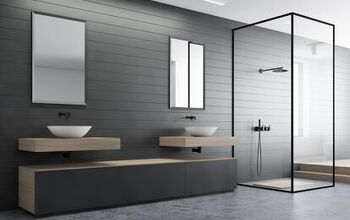

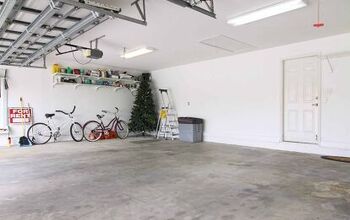
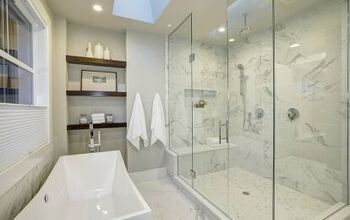

![10 Most Dangerous Neighborhoods in Baltimore [Updated]](https://cdn-fastly.upgradedhome.com/media/2023/07/31/9075655/10-most-dangerous-neighborhoods-in-baltimore-updated.jpg?size=350x220)
